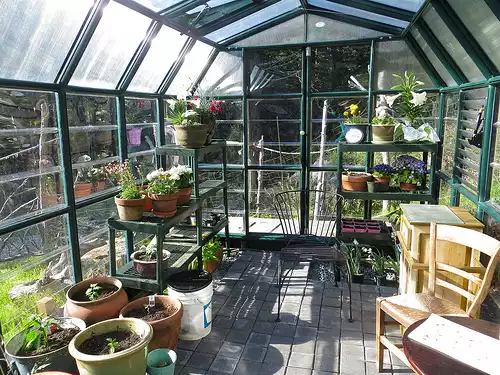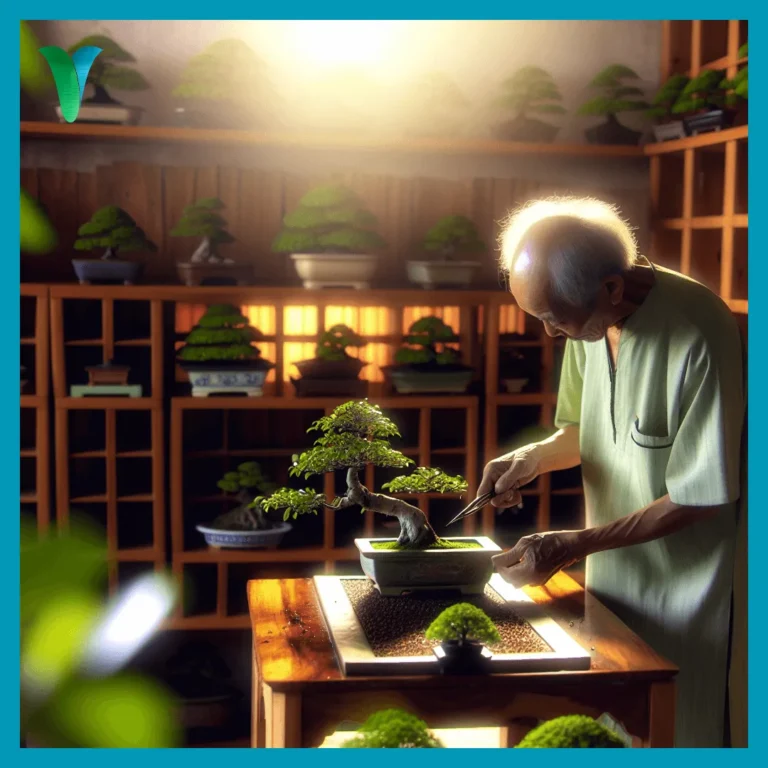Growing Strawberries Easy Garden Care
Imagine eating luscious red strawberries fresh from your garden still warm from the sun.
What a treat and that treat can be yours. Here are easy tips for Growing Strawberries Easy Garden Care.
Strawberries need at least six hours of sun a day to flower and set fruit.
Keep that in mind when selecting a site for your berries.
Strawberry pots, those big pots with little holes in the sides are not ideal for strawberries because they dry out too fast.
Strawberries prefer rich soil.
Dig down about six inches with a sturdy shovel and turn the dirt over. Remove rocks and twigs and sprinkle in a slow release fertilizer per package directions.
Add a bag of compost or well rotted manure for every 8 square feet of your strawberry patch.
For example if your patch is 12 feet by 12 feet you would need 4 bags.
Spread the compost evenly and then turn over the soil again to mix the fertilizer and compost into the soil.
Plant strawberry plants about 12 inches apart. Strawberries grow quickly into a bush about a foot around.
Table of Contents Growing Strawberries Easy Garden Care
Use a liquid fertilizer
Water well. Every month use a liquid fertilizer that feeds the foliage (leaves) as well as soaking into the ground.
Strawberries have small white flowers between the size of a dime and quarter with yellow centers. Each plant can have from 3 or 4 berries to a dozen.
Depending on the variety of the berry you buy, you can have all the berries setting and ripening at once to berries that ripen continuously over the summer.
Add one bag of compost or well-rotted manure for every 8 square feet of your strawberry patch.
For instance, if your patch measures 12 feet by 12 feet, you would require 4 bags.
Evenly spread the compost and then turn over the soil to incorporate the fertilizer and compost. Plant strawberry plants approximately 12 inches apart as they grow into a bush about a foot in diameter.
Water thoroughly and apply a liquid fertilizer monthly to nourish both the foliage and the soil. Strawberry plants produce small white flowers ranging in size from a dime to a quarter, with yellow centers.
Each plant can yield anywhere from 3 or 4 berries to a dozen.
Depending on the variety, you can have all the berries ripening at once or a continuous ripening throughout the summer.
Don’t over water your plants
Don’t over water your plants especially after the berries have set. Mud around the fruit can cause the fruit to rot.
Test the soil to see if it needs water by inserting your finger into the dirt.
If the soil is still moist up to within an inch of the surface you can wait to water.
If it’s dry then water.
It’s best to water deeply less often.
That encourages the roots of the plant to reach down into the soil.
Strawberry plants produce small white flowers with yellow centers.
Each plant can yield 3-4 berries to a dozen.
Berries can ripen all at once or continuously throughout summer.
Avoid overwatering, especially after berries have set, to prevent fruit rot.
Test soil moisture by inserting finger into dirt.
If soil is moist up to an inch from the surface, wait to water. If dry, water deeply less often to encourage root growth.
discourage birds from eating the berries
When the berries are showing a blush of pink think about how you’re going to discourage birds from eating the berries.
This can be accomplished with netting held over the berries by tying the net to posts about one foot off the ground.
Or you can try using tinsel, yes the kind you buy for Christmas decorations or specially made foil that grape vineyard use.
If slugs or snails are a problem in your area , Set out jar lids filled with beer in the evening. The slugs and snails love beer, will fall in and drown.
Avoid Insecticides
Don’t spray the flowers with insecticides.
You risk killing the bees which pollinate the flowers turning them from flowers into berries.
Use a strong spray from your garden hose to knock any bugs off the plants.
Berries don’t ripen any more after being picked so wait until your berries are a bright crimson red before picking.
Follow these easy tips from Easy Garden Care and you’ll have lush sweet strawberries fresh from your garden.
Growing Strawberries from Seed
Growing strawberries from seed opens up a world of diversity beyond the common varieties found at nurseries or grocery stores.
This method demands patience but rewards gardeners with the thrill of nurturing from scratch those sweet, sun-ripened delights.
Unlike purchasing starter plants, cultivating strawberries from seed allows you to explore rare and exotic types that boast an array of flavors, colors, and sizes not typically available.
Moreover, this approach encourages a deeper connection with your food, as you witness the journey from tiny seed to bountiful fruit.
One fascinating aspect often overlooked is the potential for customization within your garden space when growing strawberries from seed.
This approach permits experimenting with companion planting to enhance both flavor and yield.
By understanding specific needs like light exposure, soil type, and water requirements unique to each strain, enthusiasts can optimize their gardening strategies for maximal productivity.
The satisfaction gained from tending these seeds into fruitful plants surpasses merely following standard gardening routines—it involves engaging in a formative experience that enhances both palate and place.
Growing Strawberries in Containers
Growing strawberries in containers isn’t just a space-saving technique; it’s an art that allows even those with the smallest of balconies to delve into the joy of fresh, sun-warmed berries.
Unlike traditional garden settings, container-grown strawberries offer a unique vantage: they’re less prone to pests and diseases thanks to their elevated position.
This elevation keeps them away from many ground-dwelling critters that would love nothing more than to feast on your precious berries.
Furthermore, by choosing a mobile container, you can chase the sun or shade throughout the day, ensuring your plants receive just the right amount of light.
The beauty of growing strawberries in containers also lies in the aesthetic versatility it brings to any space.
Containers can be tailored to fit any design sensibility, from rustic wooden crates adding a touch of whimsy to sleek modern pots for a more sophisticated look.
More importantly, container gardening empowers you with control over soil quality—a critical success factor for these delicate fruits.
By mixing your own soil or opting for high-quality potting mixes designed specifically for fruiting plants, you ensure your strawberries have all the nutrients they need without competition from weeds or other garden plants.
This level of attention not only maximizes yield but deepens your connection to every berry that graces your table.
Growing Strawberries Indoors
Venturing into the world of indoor gardening brings its own set of delights, especially when it comes to growing strawberries indoors.
This endeavor not only transforms your living space into a verdant oasis but also allows you to relish the taste of summer regardless of the season.
What makes strawberries particularly appealing for indoor cultivation is their compact nature and relatively straightforward care requirements.
Imagine stepping into your kitchen or living room, greeted by the sight of these ruby gems dangling from pots, a vivid hint at the lush bounty hidden within urban homes.
One might not immediately consider the nuanced benefits that come with this indoor gardening adventure; however, growing strawberries indoors facilitates a unique control over the environment.
This means arbiters of these sweet fruits can manipulate lighting, temperature, and humidity to achieve unparalleled flavor profiles rarely found in their store-bought counterparts.
Additionally, this controlled setting significantly reduces common outdoor threats like pests and diseases, promising a healthier harvest without excessive reliance on chemical interventions.
Envisioning such possibilities opens up an innovative dimension in urban gardening, where one’s culinary creativity can flourish alongside their green thumb in crafting sublime strawberry experiences right from home’s comfort.
Growing Strawberries in Raised Beds
Growing strawberries in raised beds is a delightful twist on traditional gardening that offers numerous benefits, both aesthetically and agriculturally.
This approach elevates the strawberry plants, ensuring better drainage and air circulation, crucial elements for their health and productivity.
Moreover, the elevated nature of raised beds not only wards off many ground-dwelling pests but also makes for a back-saving gardening experience as there’s less bending over to tend to your plants.
Strategically placing these beds can transform your garden into a charming and functional landscape feature, turning an ordinary space into a captivating strawberry haven.
The versatility in soil management within raised beds is another game changer when growing strawberries.
By customizing the soil blend to meet the specific needs of strawberry plants—loamy, well-draining soil with plenty of organic matter—you set the stage for a bountiful harvest.
This controlled environment diminishes competition from weeds and facilitates more efficient watering practices, concentrating moisture where it’s needed most while keeping leaves and fruit dry to prevent disease.
Embracing this method invites you into a world of lush greenery accented by vibrant red berries, promising not just delightful sights but also an abundant yield of homegrown sweetness well worth the effort.







